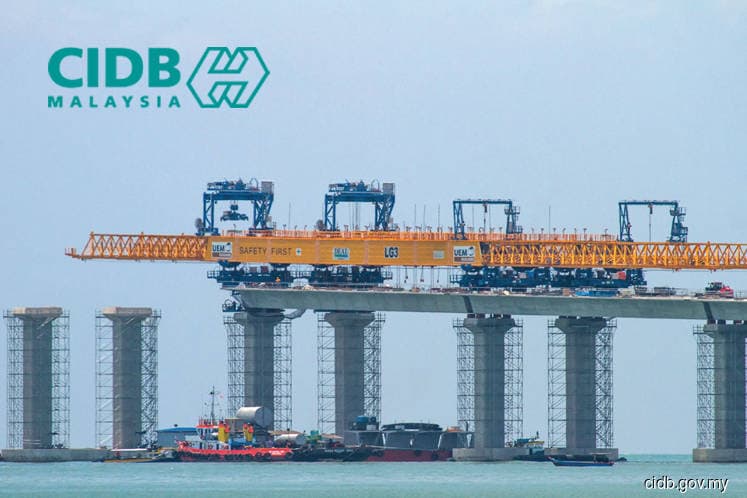
This article first appeared in The Edge Financial Daily on September 4, 2019
KUALA LUMPUR: The Construction Industry Development Board (CIDB) is confident the industrialised building system’s (IBS) adoption rate for private developments of 50% by 2020 can be achieved, as usage of the construction technology is expected to ramp up in the near term.
CIDB chief executive Datuk Ahmad Asri Abdul Hamid said there was a big jump in adoption about three to four years ago, when the usage by the private sector was around 14%, to the 35% seen this year.
This was following the government’s requirement that all private sector projects exceeding RM50 million in gross development value must achieve an IBS score of 50 points, which was effective last year.
“The implementation now depends on the private developers. Some have embraced it and others are in the process. With the government’s requirement in place, the increase will be very substantial over a short period of time.
“I think we should be able to meet the target,” he told The Edge Financial Daily.
Asked if he has seen more private developers adopting IBS, he said most new high-rise building developments are using IBS, but the challenge is to get the developers to use the technology for landed residential units.
However, if the developer plans and designs with IBS in mind and plan their logistics well — a known pain point for developers — the cost of development will be lower than if it were done via the conventional method.
He said it is tougher for landed properties to be constructed using IBS due to the volume of components required for economies of scale, as well as the complexity of landed developments.
“High-rise projects are easier because most projects use the same components — the panels and all that — but for landed residential units, if you don’t have the volume, it may not be viable because the developer has to produce different elements for different projects.
“To produce these components you need the mould and to cover the cost of manufacturing the mould, the developer needs to have a certain volume,” he said.
For S P Setia Bhd, the group has its own IBS casting yards — under its subsidiary Setia Precast Sdn Bhd — catering to its development arm, said president and chief executive officer Datuk Khor Chap Jen.
He agreed that logistics is an important consideration in making the construction method viable, with the group depending on its facilities in Semenyih, Subang Jaya and Setia Alam to serve its developments.
“The units we develop can go up to 7,000 to 8,000 units. We can do about 6,300 units per year across our IBS facilities,” he said.
He explained that the ministry of health’s government quarter gets its components delivered from the Subang Jaya facility.
“We have a few casting yards. We would get components from whichever facility is closest to the development,” he said.
Asked if the group is planning to expand its IBS manufacturing capacity, Khor said the group’s current capacity of 6,300 units per year is sufficient but added that the facilities can be easily expanded, should there be a need.
“It depends on the demand. If there is a need for more units per year, we can add more factory lines,” he said.